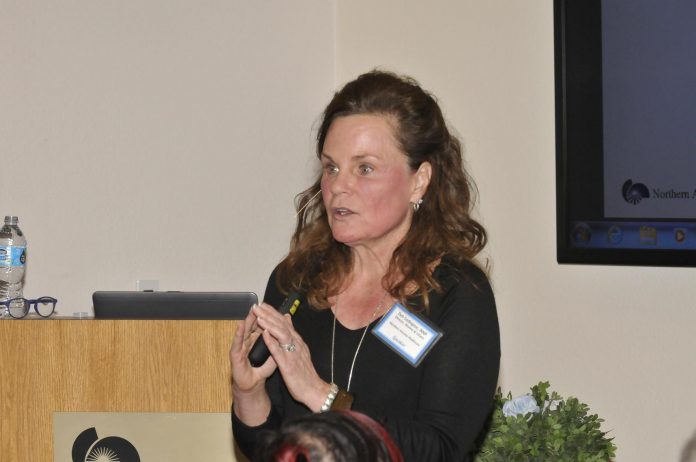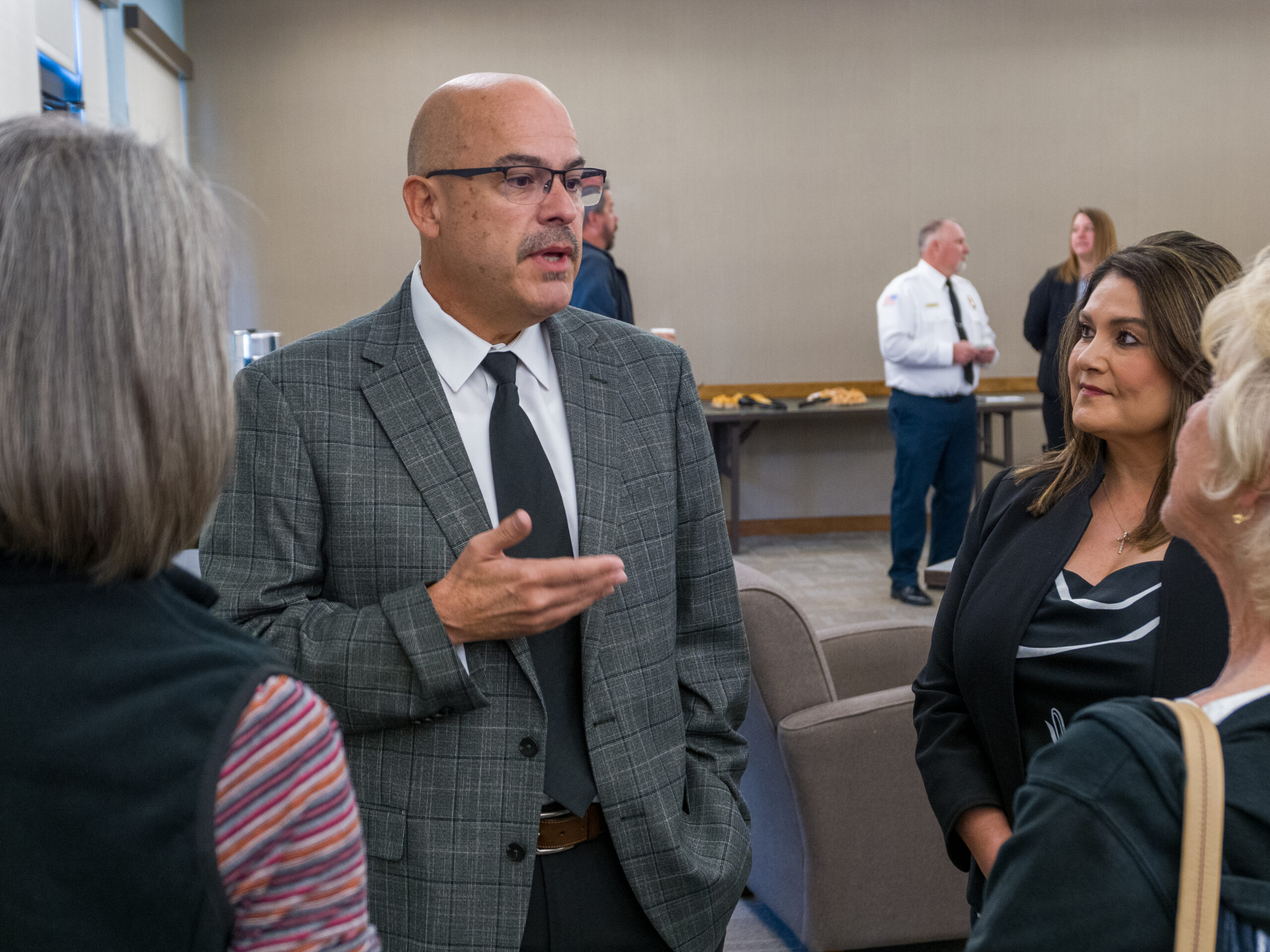Deb Ledington, Northern Arizona Healthcare’s director of Women and Infant Services, does not hesitate to paint a grim image: A newborn infant, shaking from head to toe, as she experiences the effects of heroin withdrawal.
“It’s horrific to see,” Ledington said to a packed conference room of medical professionals, caregivers and anti-drug advocates at Verde Valley Medical Center March 4.
Her address, “NAS: Neonatal Abstinence Syndrome,” was intended to give a broad overview of the condition, which affects nearly one baby born every hour in the United States.
According to Ledington, opioid abuse is a national crisis impacting an ever-increasing amount of newborns. “A recent Arizona Department of Health Services study showed a 200 percent increase in the rate of infants born exposed to narcotics between 2008 and 2013,” she said, adding that NAS increases newborn mortality and puts a strain on newborn medical services facilities.
“It’s so tough for us to manage these babies,” Ledignton said. Even within busy hospitals, specialized neonatal care facilities are high-activity areas — exactly the kind of environment babies suffering from NAS do not do well in. As with adults suffering from opioid withdrawal, newborns in the same condition need low light, minimal noise and stimulation.
Ledington described NAS as a “complex constellation of physiologic and neurobehavioral signs” that can cause alterations in central nervous system function; metabolic, vasomotor and respiratory disturbances; and gastrointestinal problems. Many drugs cause NAS-like symptoms in newborns, but currently NAS is defined by opioid withdrawal.
From illicit drugs such as heroin to prescribed painkillers — if abused during pregnancy, each produces its own specific spectrum of effects of a newborn.
Though decreasing opioid dependence is the ultimate goal to prevent NAS, Ledington asserted that screening mothers is the most important aspect of preventing the worst effects of the condition. “We’ve got to pull our heads out of the sand,” she said. “We have to do a better job of identifying those at risk …. Bottom line, we’ve got to be asking the questions.”
Medical professionals do have the wool pulled over their eyes — a fact Ledington admitted freely.
“We’ve been fooled so many times, it’s seriously not funny,” she said, adding that many mothers abusing narcotics lie about their drug history. Nurses and doctors often believe them, preferring not to make negative judgments.
For Ledington, whose efforts have spanned nearly three decades, the responsibility is clear: Medical professionals are obligated to seek out the truth and preserve vulnerable lives wherever possible, while keeping the mother and family’s health firmly in mind.
“The challenge, of course, is to be kind — to be positive and non-judgmental.”
| Syndrome Costs |
| According to Northern Arizona Healthcare Director of Women and Infant Services Deb Ledington, the cost of Neonatal Abstinence Syndrome increased from 2000 to 2009:
The total estimated hospital costs increased from $190 million to $720 million. There was a five-fold increase in the number of women using opioids during pregnancy. There was a three-fold increase in the number of newborns diagnosed with NAS. |



